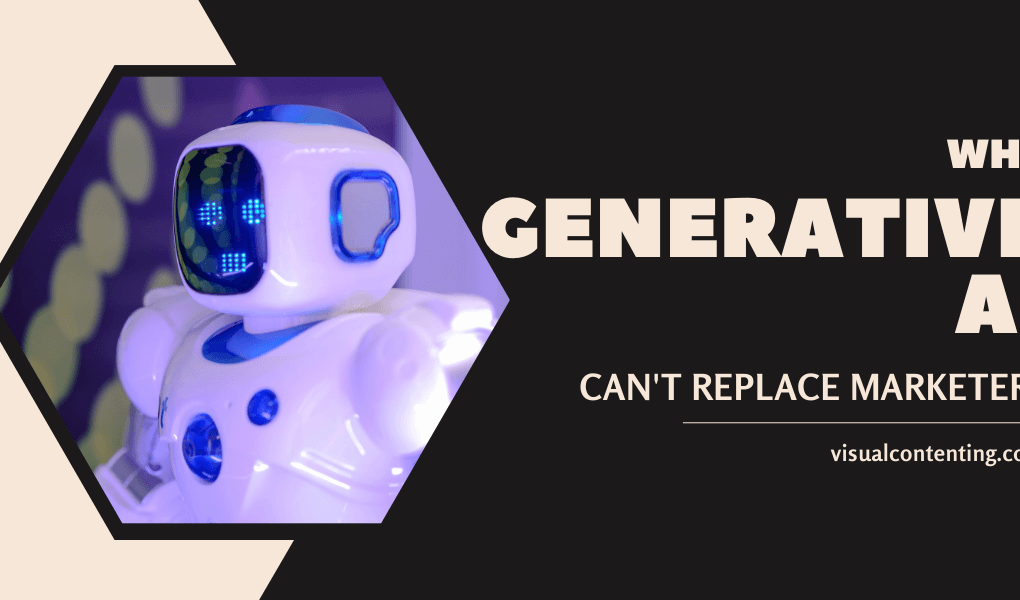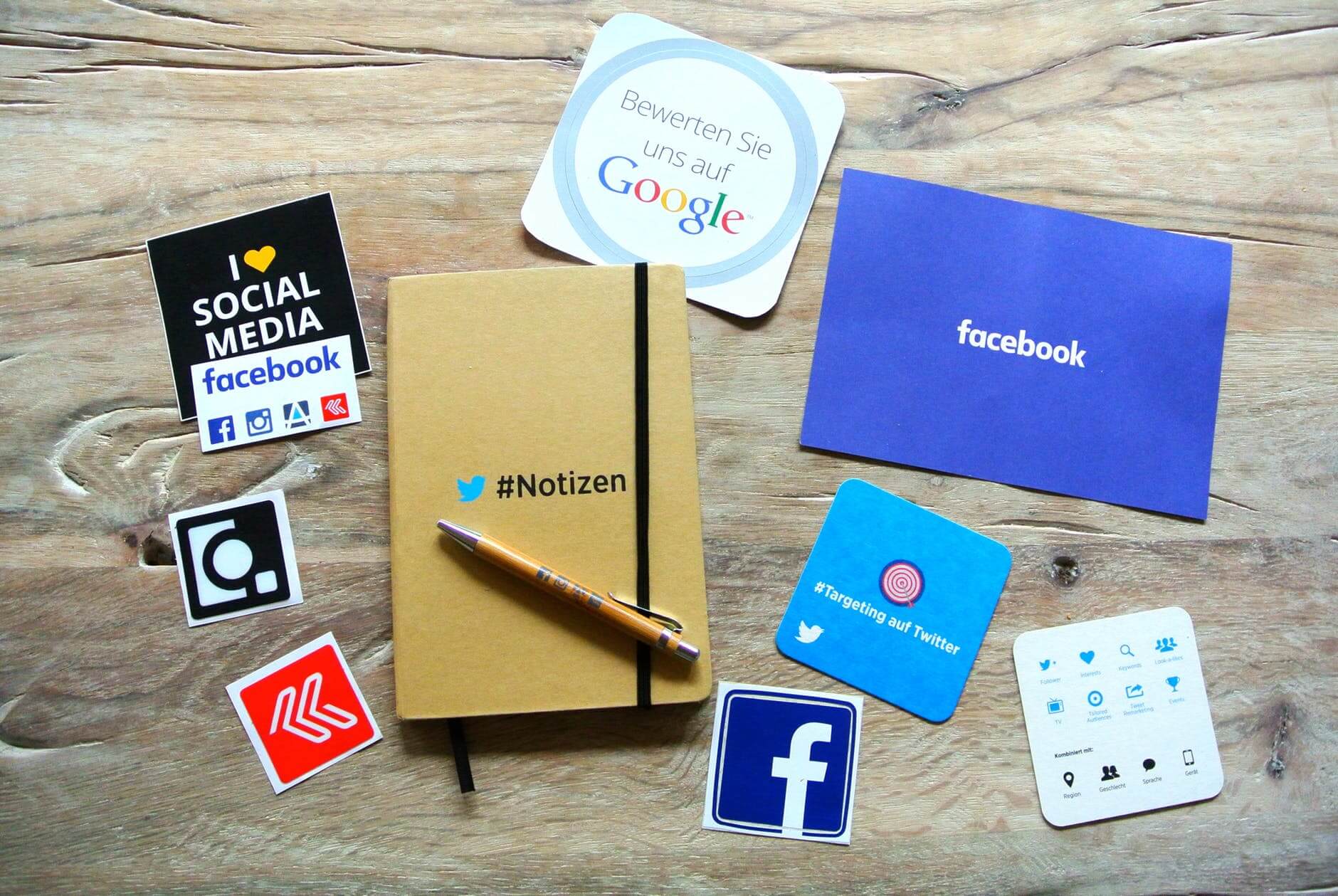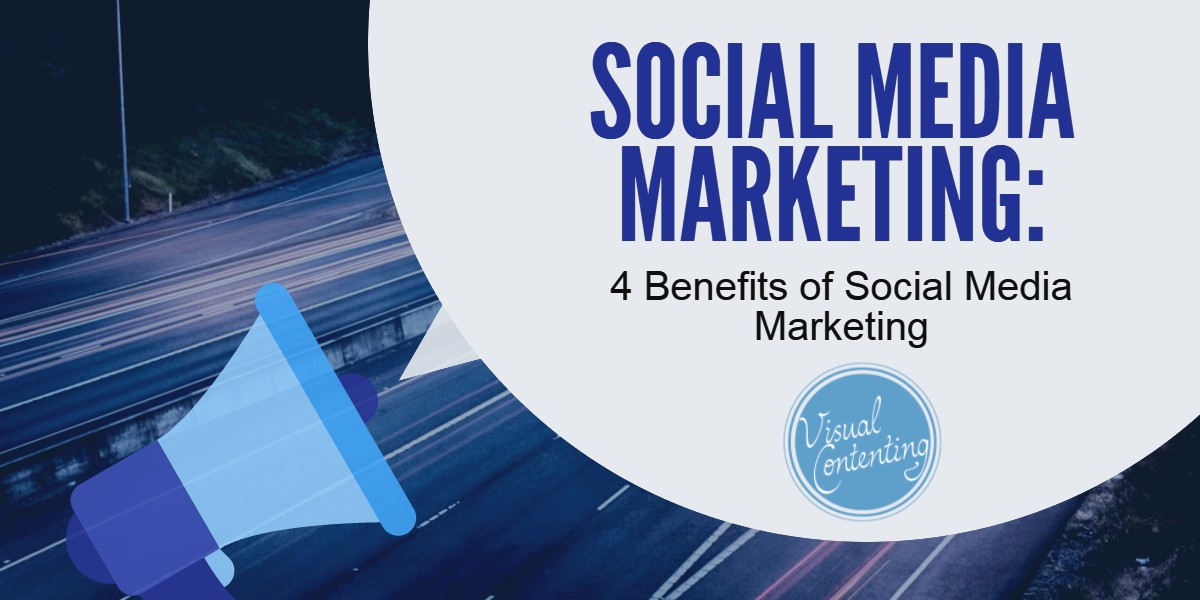Will generative artificial intelligence (AI) soon replace marketing teams? It's unlikely. AI models like ChatGPT and DALL-E are amazing pieces of technology. They have some significant drawbacks and shortcomings, though. These pitfalls include many of the traits and capabilities that are vital to successful marketing.
What are the main reasons generative AI can't replace marketers? Are there any realistic use cases for AI in marketing?
Lack of Originality
Originality is one of the most important parts of successful marketing and one of the most significant weaknesses of AI. The most successful examples of advertising and messaging connect with consumers because they are unique and creative. They express a brand's identity and goods in a way that stands out.
AI is the antithesis of original marketing. By nature, generative AI can't create things that are entirely new. Algorithms like ChatGPT work by intentionally copying and mimicking content they have seen already.
Generative AI models are good at replicating natural language and human-like responses thanks to machine learning. Developers show the AI thousands of examples of different types of content. Eventually, the AI learns what a "poem," "research paper" or "Facebook post" looks like. It remembers the style and formatting and copies it when a user asks for content in that style.
This trait is helpful in some use cases. For instance, a user might want many examples of content that all follow the same tone and formatting. Generative AI can handle a task like that easily. Unfortunately, copying and repetition are not helpful in marketing. This is especially true with big-picture functions like creating a marketing strategy.
Customers see thousands of ads per day. Marketers need to craft highly creative, original content to stand out. So, AI is not a logical or feasible replacement for human marketers in most tasks. At the least, AI has little capability to develop and execute an effective marketing strategy independently.
The Issue of Copyright
AI isn't technologically capable of creating original content, but it also isn't legally classified as an author or artist. In other words, governing bodies do not recognize AI-generated content as original or eligible for legal authorship.
In March 2023, the U.S. Copyright Office released an official update on their AI policies. The publication reinforces that "human authorship" is still required for a work to receive copyright status. The regulations allow for a small amount of AI-generated content, but a human must craft most of the work.
A groundbreaking August 2023 court case tested the U.S. Copyright Office's new AI regulations. U.S. District Judge Beryl Howell ruled against a computer scientist attempting to get copyright for AI-generated artwork. Howell's ruling reinforced that copyright eligibility requires human authorship.
This is important for marketers to be aware of since so much marketing content needs copyright. Content like brand logos and slogans are vulnerable to unauthorized use without legal protection. So, human authorship must remain a cornerstone of marketing.
No Concept of Emotions
Generative AI may appear to understand emotion. It can generate responses that mimic different tones or sentiments. However, this is simply the result of natural language processing. It isn't genuine.
AI fundamentally has no concept of feelings. Complex chemical reactions in the brain create human emotions. Since AI models have no physical form, let alone a brain, they are incapable of understanding or experiencing feelings.
This is detrimental in marketing. Industry pros know the best advertising and messaging succeeds because it sparks an emotional connection with audiences. Marketing must appeal to shared human experiences to resonate, whether that's humor, empathy, joy, love or any other feeling.
AI cannot understand this core part of marketing. As a result, it will never be as successful at crafting impactful messaging as a human marketer will.
Reinforcing Negative Emotions
Some organizations have tried leveraging AI's lack of emotion, but it doesn't perform well in this category, either. The idea is that AI should theoretically be completely unbiased, which is great for things like fair hiring practices or research. Unfortunately, generative AI isn't as impartial as it appears.
AI has an ongoing issue with data bias, which occurs when an AI learns human biases from its training data. For instance, an AI might copy a prejudice against a certain demographic group. Data bias can reinforce hurtful, offensive messaging that alienates audiences and works against the mission of a good marketer.
As HR expert Jessica Shatzel points out, "If fed incomplete and biased data, AI could potentially move us backward in our quest for more equitable and inclusive workplaces."
It isn't just workplaces in danger, either — although AI hiring algorithms have a long history of controversy. Data bias can also negatively impact marketing teams, research, focus groups and consumers. As long as generative AI continues to struggle with data bias, it will not be an ethical replacement for human marketers.
Detached From Context
Generative AI is often exceptionally good at pattern recognition but sometimes misses the big picture. When humans create an ad, logo, blog or other piece of marketing content, they subconsciously consider big-picture context.
For example, a marketer might choose a warm, mellow color palette for their brand materials because they know those colors will remind consumers of the outdoors. That's perfect for a business that sells hiking boots. The marketer will also consider factors like competitors' branding colors and logos.
Generative AI models don't know how to analyze all of this information. It may end up in their pattern recognition analyses, but only coincidentally. Algorithms lack the real-world and emotional context to make deeply informed marketing decisions.
Lack of Accuracy and Transparency
Accuracy and transparency are crucial for building consumer trust. So, it's a serious issue that generative AI frequently outputs false and misleading content.
Algorithms like ChatGPT can often explain complex topics or provide resources and tips. The AI is frequently capable of giving factual information. Unfortunately, generative AI is still highly prone to completely making up its output.
For example, in 2023, the news outlet The Guardian shared a warning with its readers after discovering that ChatGPT was generating fake articles under their journalists' names. The generative AI model is so good at natural language processing that users who found the fake articles couldn't tell they weren't real. Situations like this create a severe threat of spreading misinformation.
Similarly, a 2023 study found that only 7% of medical references from ChatGPT were both authentic and accurate. Once again, ChatGPT's advanced NLP capabilities make it exceptionally challenging to spot misinformation without closer inspection. In cases like this one, users may be risking their lives due to trusting inaccurate medical advice.
Misinformation is detrimental to fostering consumer trust. So, attempting to replace marketers with AI is not only unethical but also endangers the relationships brands have with their customers.
Part of the problem is a need for more transparency. Most generative AI models' logic is hidden in a "black box." This means users and developers can't see how the AI makes connections and draws conclusions. As a result, critical biases and inaccuracies can go unresolved.
Generative AI might be more trustworthy and accurate if it was more transparent. Unfortunately, designing an algorithm without black box logic is highly technically challenging. Many computer scientists are working on the issue, though. So, hopefully, there will be "white box" AI in the future.
What Marketing Tasks Can AI Do?
Generative AI is no replacement for human marketers, but that doesn't mean it's not a useful tool. There are several ways marketers can use AI without compromising the quality of their work.
For example, writing assistant AI tools like Grammarly are already popular in marketing. These tools can help marketers convey their message more clearly by suggesting ways to improve written content.
Likewise, many graphic design apps use AI to improve efficiency and features. They allow marketers to design visual content faster and more creatively.
Marketers can also use generative AI to help them brainstorm or get an initial understanding of a topic. Chatbots may not have original ideas of their own, but they can make great sounding boards.
Finally, marketers can use generative AI to rapidly create repetitive content, as long as it doesn't require copyright. This might include things like a weekly in-house email or social media posts.
The Future of Marketing With Generative AI
Artificial intelligence won't replace marketers any time soon. There are still too many drawbacks of generative AI for it to perform the tasks of a marketing team effectively.
There are still plenty of ways marketers can use generative AI, such as editing and simple content generation. New use cases will likely emerge as AI accuracy and transparency improve in the years ahead.
Related Posts
Devin Partida writes about topics concerning tech and the internet. She is also the Editor-in-Chief of ReHack.com.








[…] IntroductionSocial media advertising has become an integral part of digital marketing, and it continues to evolve rapidly. Staying ahead of the curve in this ever-changing landscape is crucial for businesses and marketers looking to maximize their online presence and reach their target audience effectively. In this blog, we will explore the future of social media advertising, discussing emerging trends and strategies that will shape the industry in the coming years. Video Dominance Video content has taken over social media, and this trend is expected to continue growing in the future. Platforms like TikTok and Instagram Reels have changed the way users consume content. Short-form videos, live streams, and interactive video features are becoming the norm. Businesses need to embrace video advertising to connect with their audience effectively. Live Q&A sessions, behind-the-scenes videos, and product demos are all valuable ways to engage customers. Augmented Reality (AR) and Virtual Reality (VR) AR and VR are transforming the way users interact with social media. Features like Facebook's AR filters and Snapchat's lenses have opened up new advertising possibilities. Businesses can use AR and VR to create interactive and immersive experiences, allowing users to engage with products in a virtual environment before making a purchase. User-Generated Content User-generated content (UGC) is an authentic and influential way to build trust and engage your audience. Encourage your customers to share their experiences with your brand on social media. Reposting UGC on your own channels can enhance credibility and create a sense of community around your brand. Personalization and AI Artificial intelligence and machine learning are making it easier to personalize social media advertising. Algorithms analyze user behavior and preferences, enabling businesses to serve tailored content and advertisements. Chatbots are also becoming increasingly sophisticated, providing instant responses to customer queries. Influencer Marketing Influencer marketing is not a new concept, but it's constantly evolving. Micro-influencers, who have smaller but highly engaged followings, are gaining popularity. Collaborating with influencers who genuinely align with your brand can help you reach niche audiences effectively. However, transparency and authenticity are key in this space to maintain trust. Ephemeral Content Stories on platforms like Instagram and Snapchat have introduced the concept of ephemeral content—content that disappears after a set period. This format is popular among users and advertisers alike because it creates a sense of urgency and encourages real-time engagement. Leveraging stories for promotions, flash sales, and limited-time offers can be highly effective. Social Commerce Social commerce is revolutionizing the way people shop online. Platforms like Instagram and Facebook are integrating shopping features, allowing users to purchase products directly from social media. Businesses should optimize their profiles for this functionality and create a seamless shopping experience for their customers.ConclusionThe future of social media advertising is bright, but it requires adaptation and innovation. Staying up-to-date with emerging trends and implementing effective strategies is vital for businesses looking to remain competitive in this ever-changing landscape. Embrace video content, AR/VR, user-generated content, personalization, influencer marketing, ephemeral content, and social commerce to connect with your audience and drive results. By keeping pace with these developments, your social media advertising efforts will be well-positioned for success in the years to come. […]